Bathroom Extractor Fans Buying Guide
Choosing the right bathroom extractor fan isn't always the easiest process, you need to make sure it'll be able to handle the amount of moisture that your bathroom is likely to create and remove it accordingly. In this guide, we're going to be coving the basics of how extractor fans work, why they're useful and how to choose the right one. We'll also go through the regulations behind bathroom extractor fans and the different types of extractors so that you have all the information that you might need.
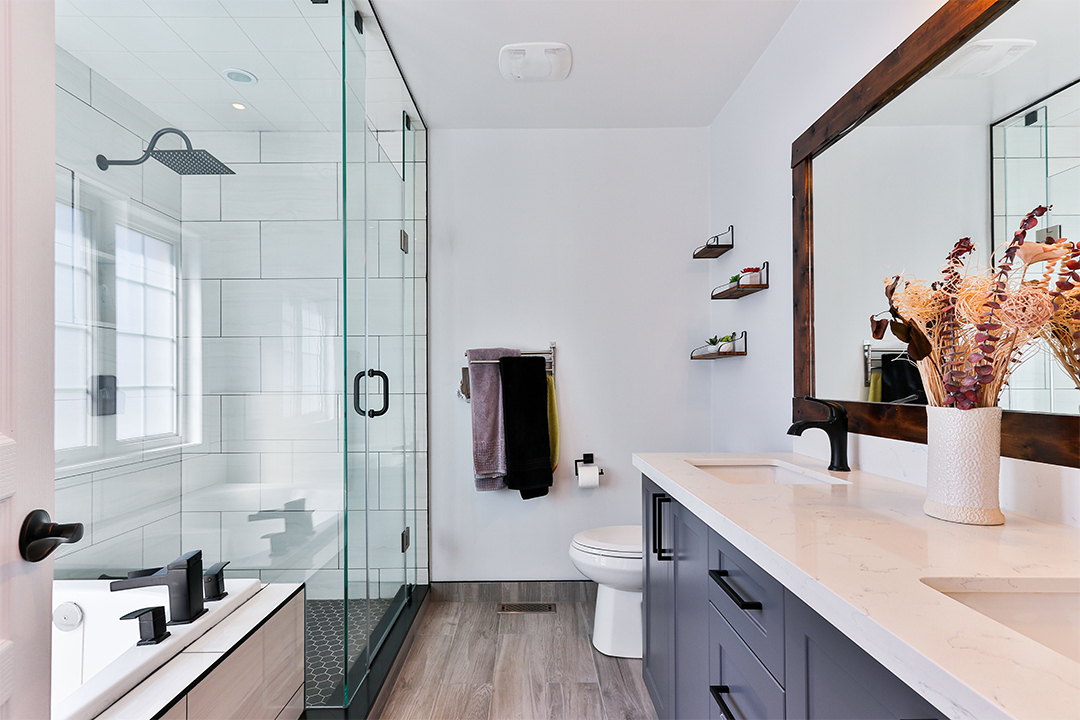
What is a bathroom extractor fan?
Ventilation for a bathroom is important which is where a bathroom extractor fan comes into play. A bathroom extractor fan is a piece of machinery that contains a small turbine dedicated to removing moist air from the room. An extractor fan often connects to a series of ducting that makes the moist air from inside your bathroom to the outside world, often done using the force created by the turbine within the fan.
A bathroom extractor fan often has an internal timer dedicated to controlling how long the extractor fan will run after you turn the bathroom lights on. However, you are able to choose models that have a dedicated switch to turn it on and off. The timer models often help to reduce the amount of electricity that the fan uses which will help you save on your utility bills.

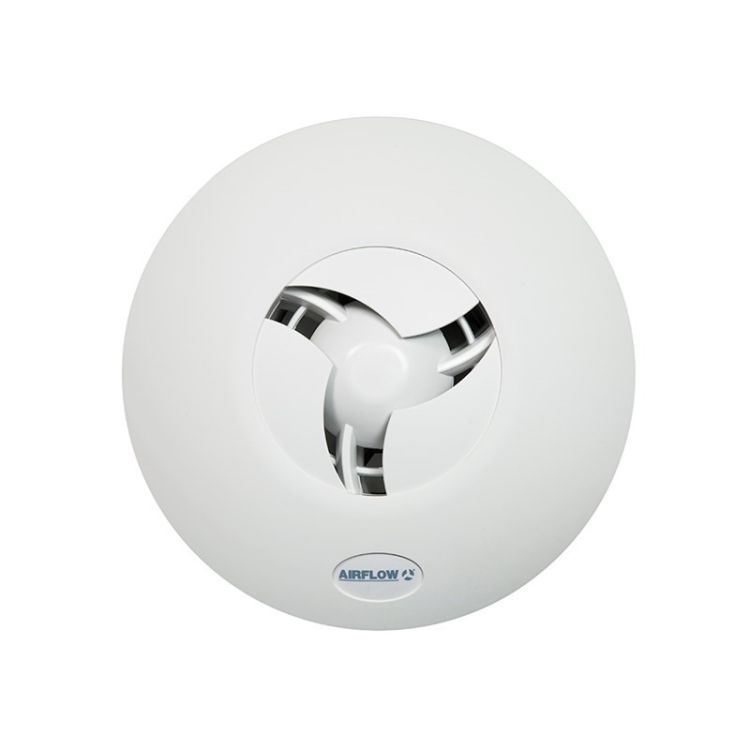

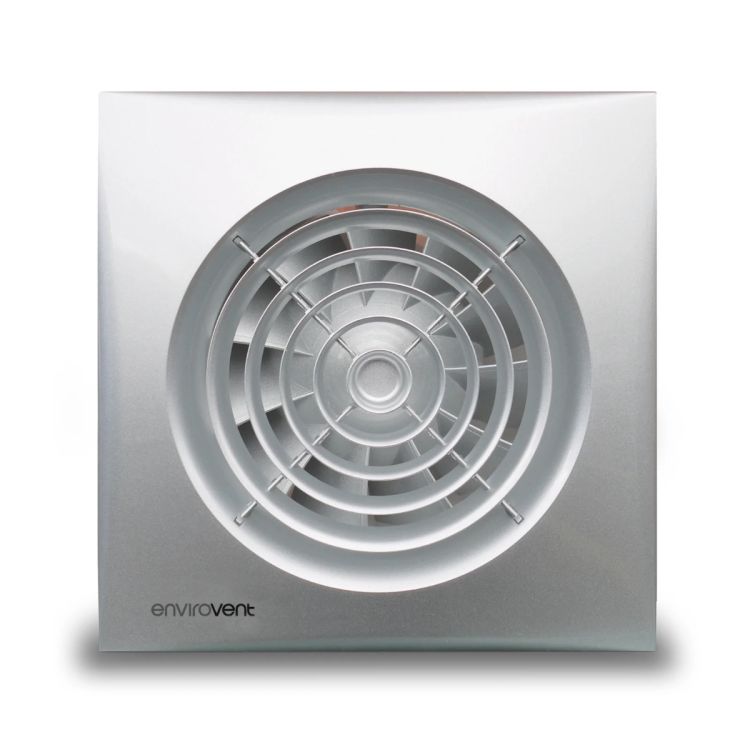
Why should I get a bathroom extractor fan?
Extractor fans are a great addition to a bathroom for a number of reasons, to help reduce the chances of mould and to remove smells in the air.
1. Reducing mould
One of the biggest causes of mould is moist air getting stuck inside your bathroom and letting that moist air sit on your walls and ceilings. This promotes the growth of mould which can be really harmful to your health if left unchecked. The addition of an extractor fan will mean that the moist air that would otherwise be sat in the room, can be taken away before it starts to have an impact on the walls and ceilings.
While this will help with your health it is also going to help to reduce the cost of repairing it. Mould can do a lot of damage to a bathroom and having to get the mould removed, the room treated and then redecorated can be expensive.
2. Odour removal
Once turned on, the fan generates an airflow that forces odorous particles to be pushed through dedicated ducting and to the outside world. This type of exhaust mechanism physically removes odours from the room so that they don't linger and create an unpleasant smell inside your bathroom.
Some extractor fans are equipped with filters designed to capture particles causing odours in order to better the system's efficacy. Be it through continuous or post-use operation, the extractor fan consistently replaces indoor air with fresher outdoor air, markedly refining the overall air quality and ensuring a more delightful bathroom experience.
3. Structural damage prevention
An extractor fan can also help to prevent any structural damage that could occur within the property. By lowering humidity levels and reducing the build-up of moisture in an enclosed area like a bathroom, the extractor will help to protect plasterboard, timber and insulation which can start to perish after prolonged exposure to damp conditions.
Bathroom extractor fan regulations
As with many elements within a house, office or location with a bathroom, there are a number of regulations that you should be aware of before you purchase and install an extractor fan. Most of the time a professional will have all of this information and be able to install your extractor fan for you. This will ensure that your bathroom is up to regulations and will pass any inspection. If you're interested in finding out a little more about the regulations involved, have a look below.
Bathroom zones
As we know, water and electricity don't mix and can be very dangerous when they do. With that in mind, the UK Electrical Wiring Regulations offer guides for zoning your bathroom. You'll divide your bathroom into 3 zones and each zone will get a number depending on the proximity to a water source like your shower or basin taps. These zones will help to explain the type of extractor fan that you'll need.
- Zone 0 - this is a zone that would be categorised as being in contact with the water or holding water, things like the bath or the basin. Any fitting or appliance used within zone 0 must be a maximum of 12 volts (SELV) and fully protected against both partial and total immersion in water (minimum rating of IPX7).
- Zone 1 - this zones is often called the splash zone. This means that anything in this zone is likely to get wet but doesn't necessarily get submerged. Any fitting or appliance in Zone 1 must be IPX4 (splash-proof) or better, and have a maximum of 12 volts (SELV) with the transformer located beyond Zone 2.
- Zone 2 - this is an area that measures at least 600mm outside of Zone 0 (the bath or basin for example). These areas are the least likely to get what but there is a small possibility that they might. Anything you install in this zone would need to follow the same requirements as Zone 1
With the above in mind, you'll be able to make an informed decision on what type of extractor fan you'd like to buy for your bathroom and the ratings that it must have. So for example, if you'd like to put an extractor fan in Zone 0, you'd need to make sure that it has an IP rating of at least IPX7. However, if you'd like to install a fan in an area where it is likely to get splashed in, Zone 1, you'd need to make sure the IP rating is above IPX4.
What size extractor fan do I need?
Our extractor fans come in two sizes as standard; 4 inches (100mm) and 6 inches (150mm). Most of the time, a 4-inch extractor fan is likely to do the job however it's recommended that you install a 6-inch extractor fan if your bathroom is larger than 9 metres squared there are any other extenuating circumstances that require a more powerful fan. These could be things like having a wet room or your bathroom having no other means of ventilation.
Measured in 'Litres per Second' (L/s) or 'Cubic Meters per Hour' (m³/hr), the air extraction rate stands as a crucial factor in this assessment. The stipulations of Building Regulations dictate that a bathroom extractor fan should extract a minimum of 15L/s within a standard domestic bathroom. However, most 4-inch models greatly surpass this baseline requirement, with 85m³/hr now being the prevailing standard. With all of these stipulations in mind, we usually recommend that you try to opt for the most powerful fan possible in order to cover all basis.
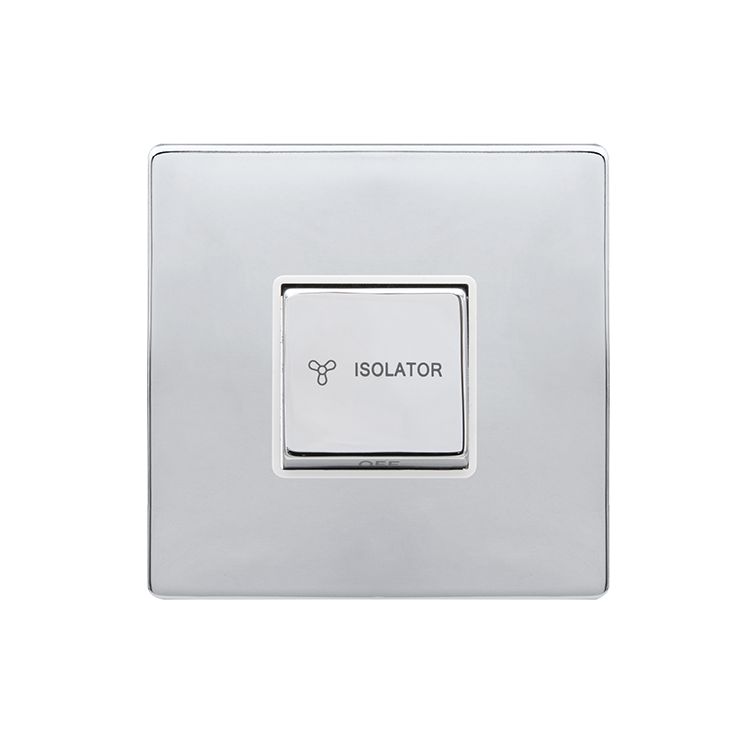

Switches and operating
Most of the time an extractor fan will be wired into the circuit and will turn on and off depending on whether your lights are on or not. However, you are able to choose to have your fan on a separate switch so that you can control it independently. If you're concerned more about the cost of running an extractor fan, we'd recommend that you choose a model with a timer built in. You can often choose how long you'd like your extractor to be on after your lights have been turned off. You could even look into a humidistat model which will measure the level of humidity in the room.
So, here are the most common options that you can choose from;
Basic models - these bathroom extractor fans are usually operated using a dedicated switch or a light switch only.
Timer models - some fans will have a timer feature that allows you to set how long you'd like the fan to be running after you've turned either the lights or a remote switch off.
Humidistat models - sometimes it's necessary to utilise a humidistat. This is a tool that will measure the humidity in a room and keep the fan running until the measured level drop below a chosen number. These are great for ensuring that all of the steam and moisture are removed from the room before the fan is turned off.
PIR (passive infra red) sensors - a PIR sensor will detect when someone enters the room and turn your extractor fan on, the fan can then run on a timer and turn off automatically.
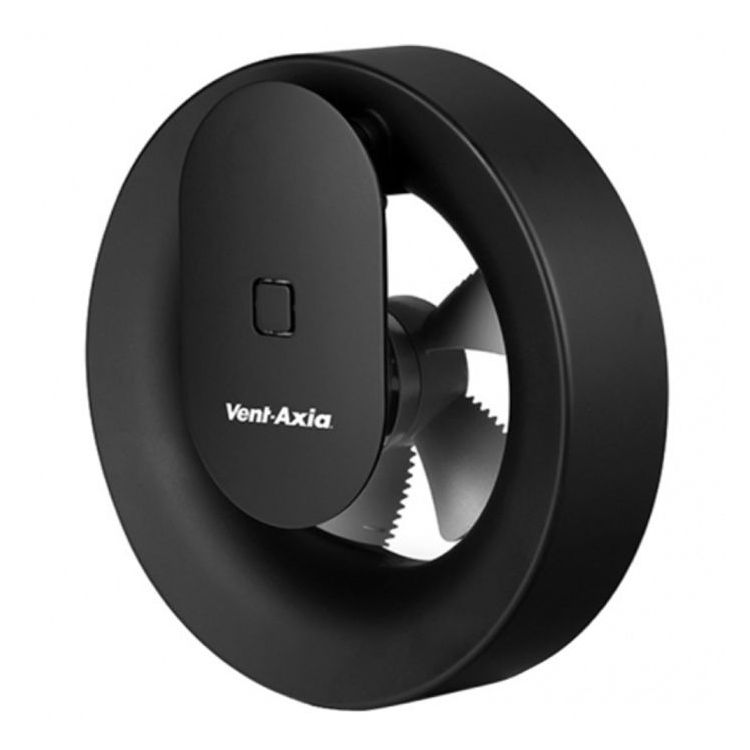
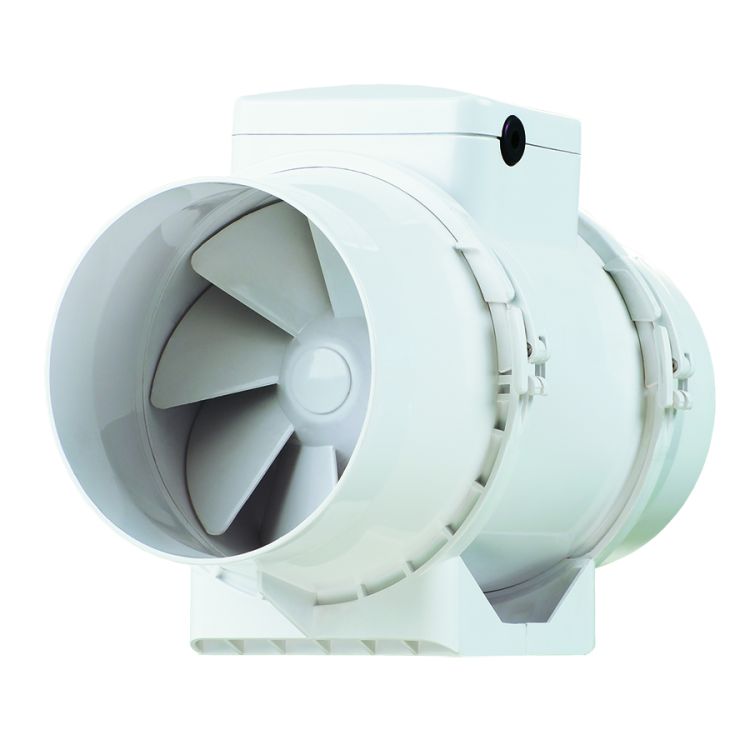
Noise and aesthetics
Not only are you going to need to understand the regulations of bathroom extractor fans, but you'll also need to consider the style you're going to go for and how much noise you're willing to put up with too.
Noise
Typical decibel (dB) measurements for axial bathroom extractor fans usually fall within the range of 35dB(A) to 45dB(A), while more potent centrifugal fans tend to hover between 40dB(A) and 55dB(A). However, a noticeable trend in recent times has been the shift towards even more subdued decibel levels.
It's worth mentioning that the decibel levels quoted by manufacturers are measured at 3 metres which is a standard practice in the industry. It's important to consider that these measurements are obtained in controlled testing environments, which might not entirely mirror your specific installation conditions. Additionally, keep in mind that a fan activated during nighttime instances might seem louder than it would during daytime hours.
Aesthetics
The factors you look at when choosing your new fan should definitely include the way that it looks. Remember that you're going to see this every time that you walk into your bathroom so it's worth liking the way it looks at least. In all honesty, the money that you save buying the most basic fan model will quickly be forgotten about anyway.
If you'd like to not be able to see your extractor fan at all but still have something that works really well, you may be interested in an 'inline' bathroom extractor fan. It's called this because it'll sit within the ducting rather than on the wall or ceiling and pull air through like that.
Some of our favourite bathroom extractor fans
If you're having trouble deciding on which bathroom extractor fans to buy give your closest branch a call and we'll offer a recommendation that suits your needs and budget!


